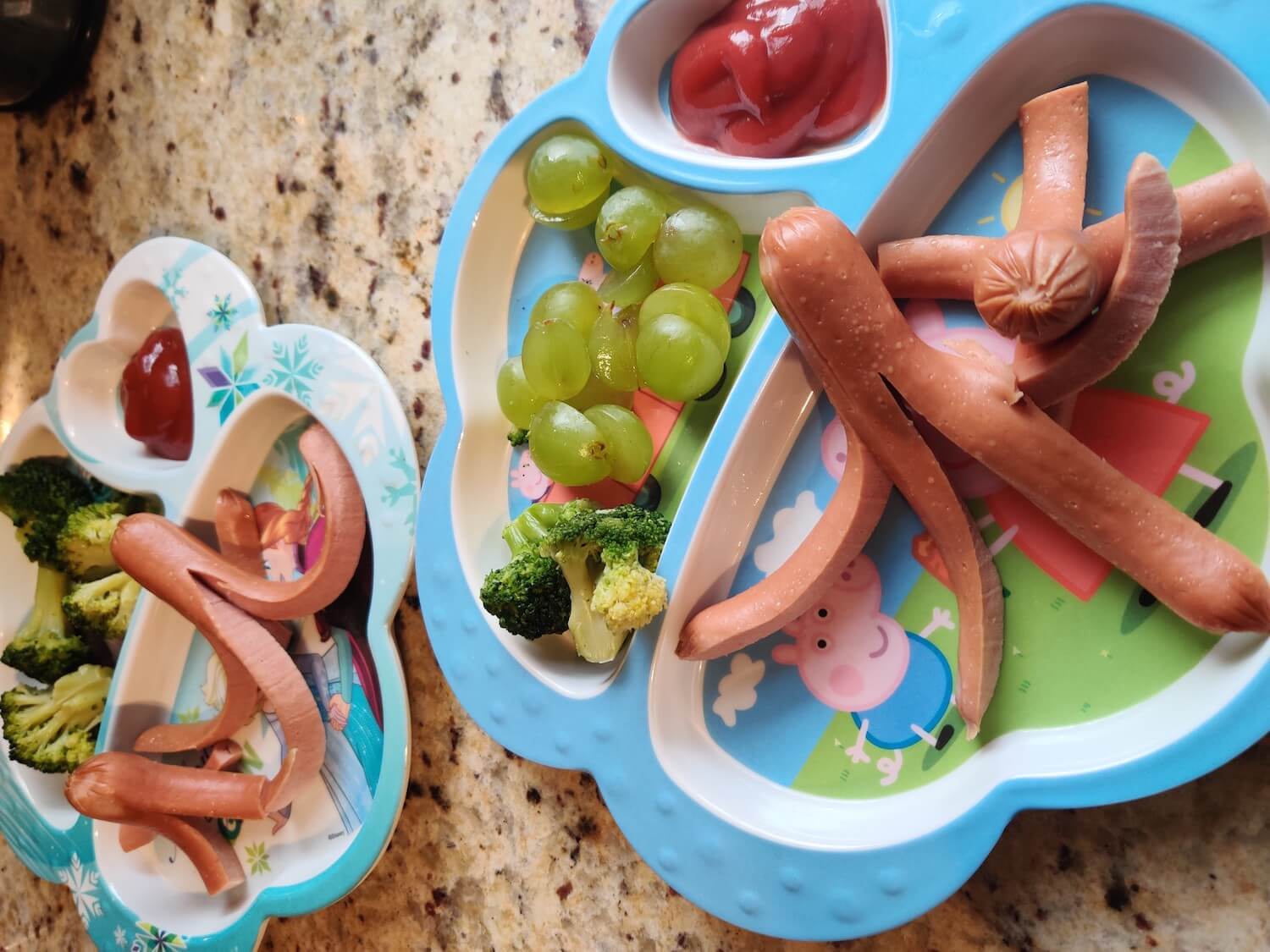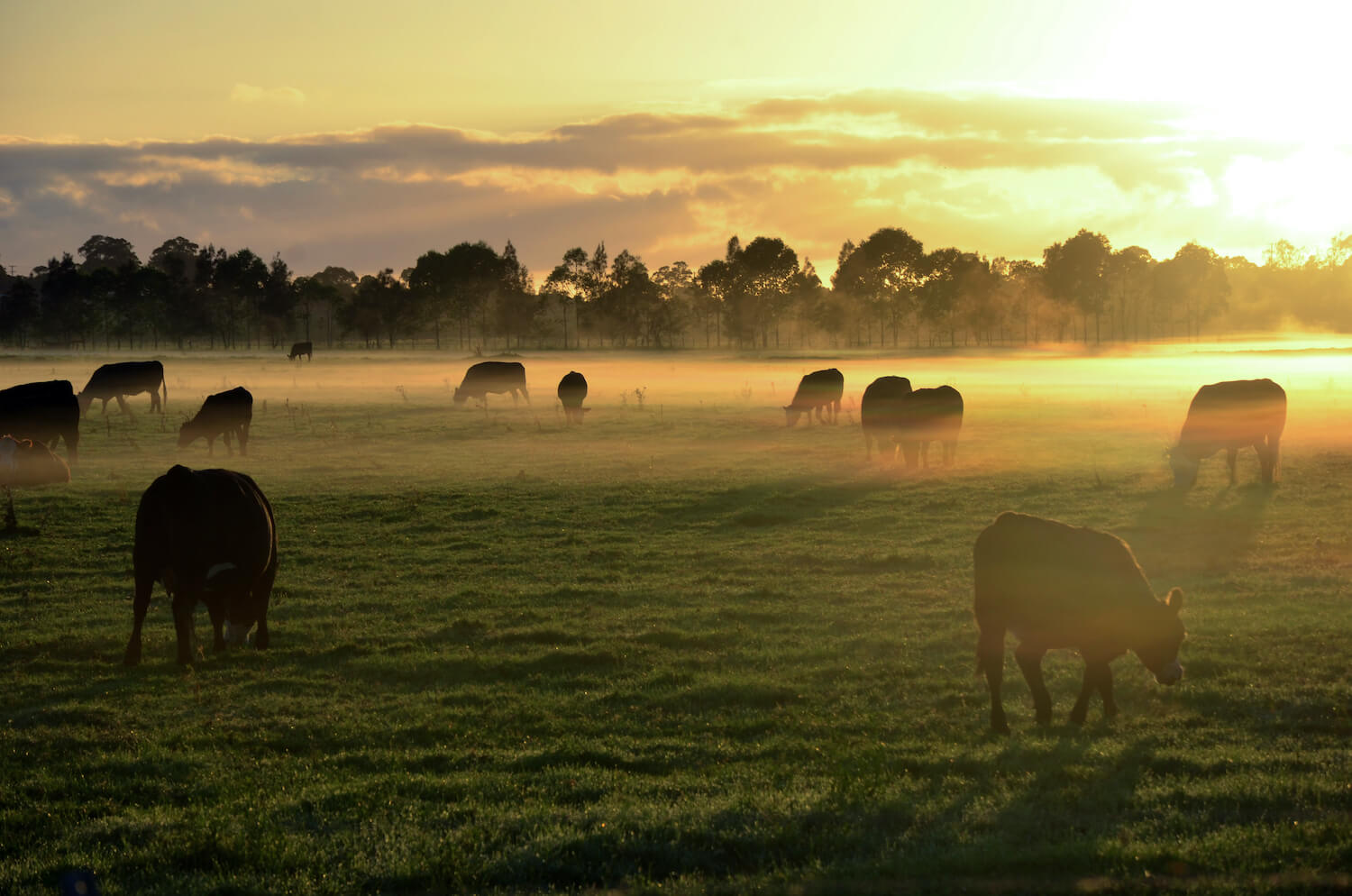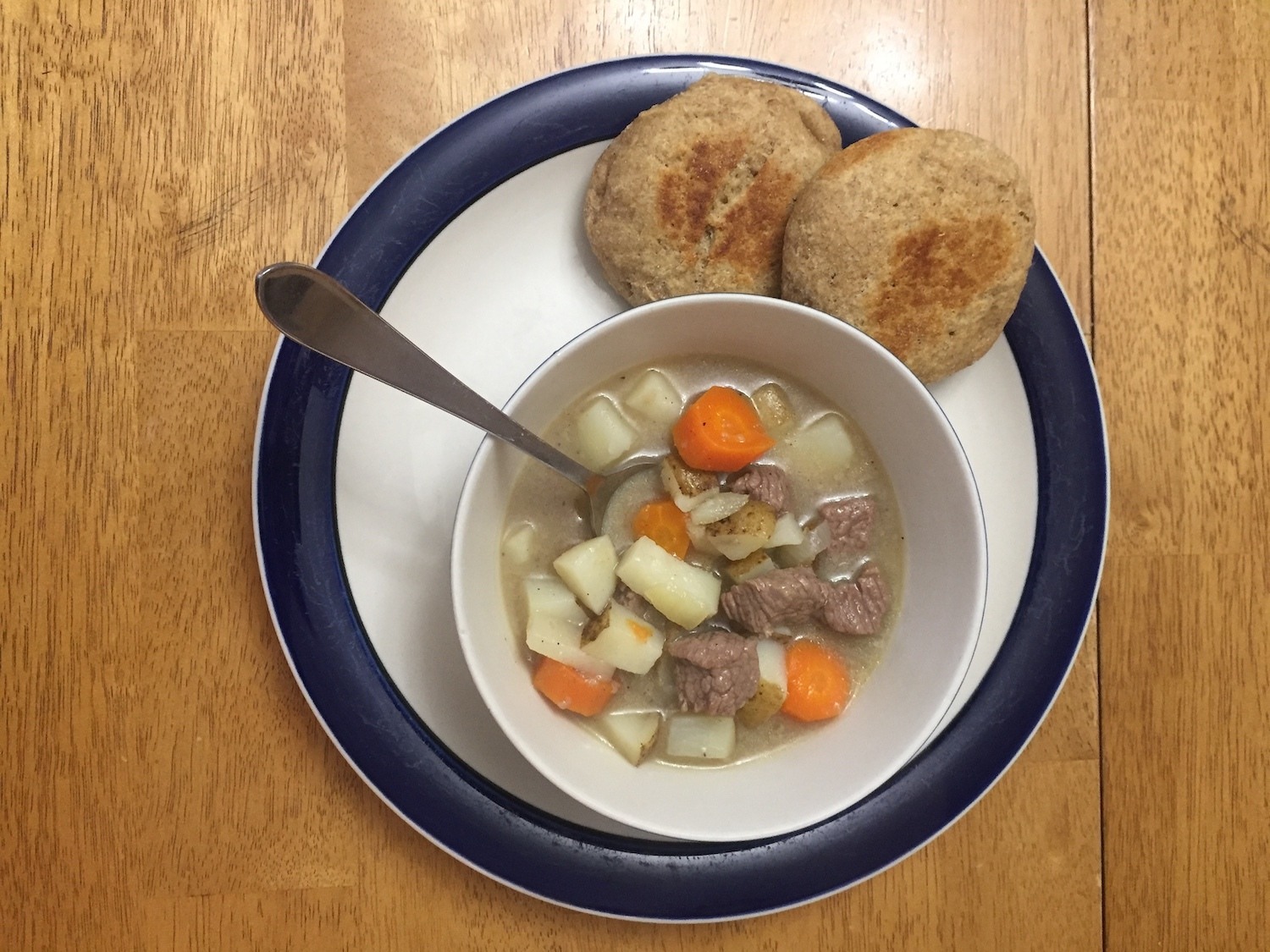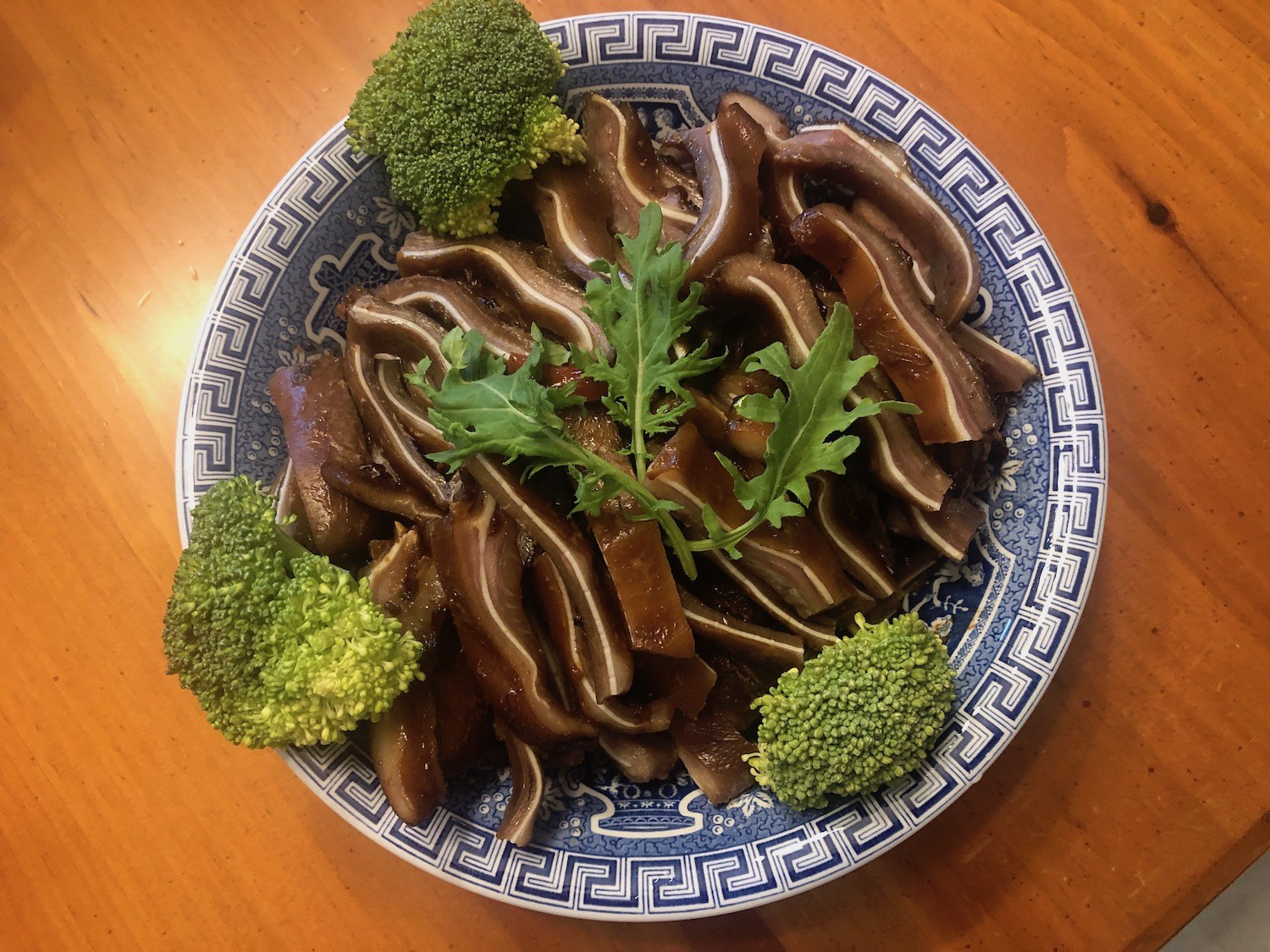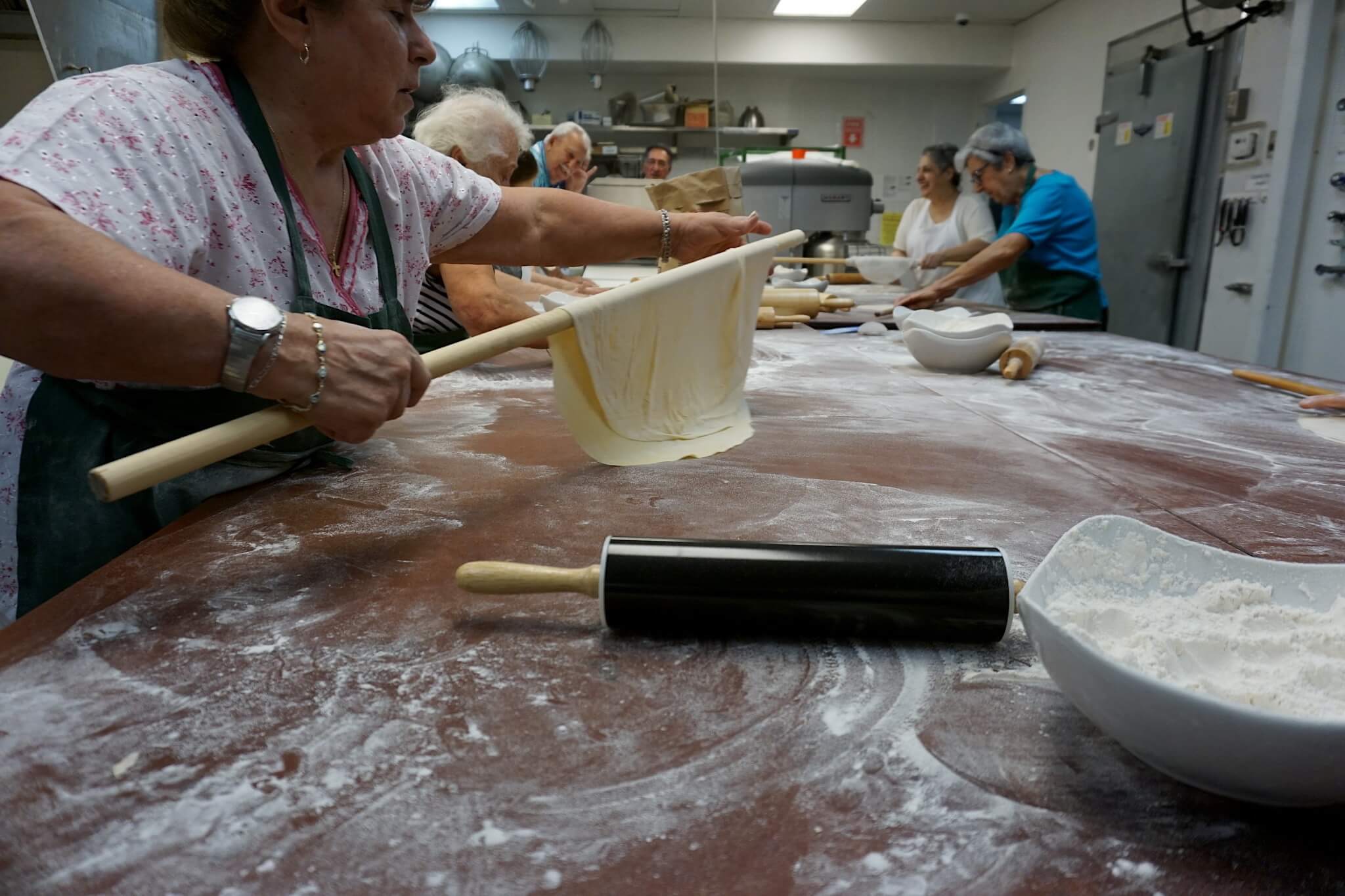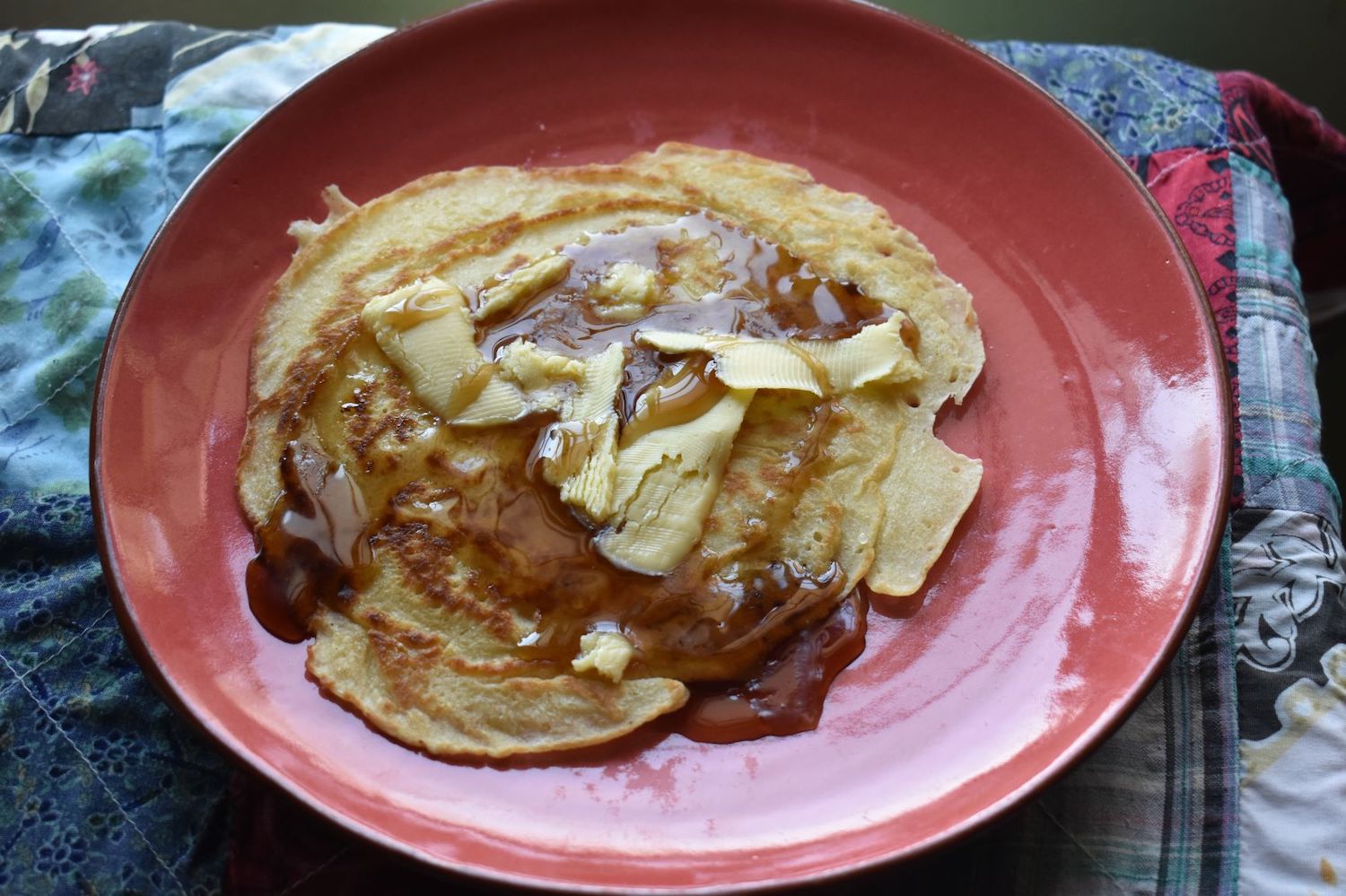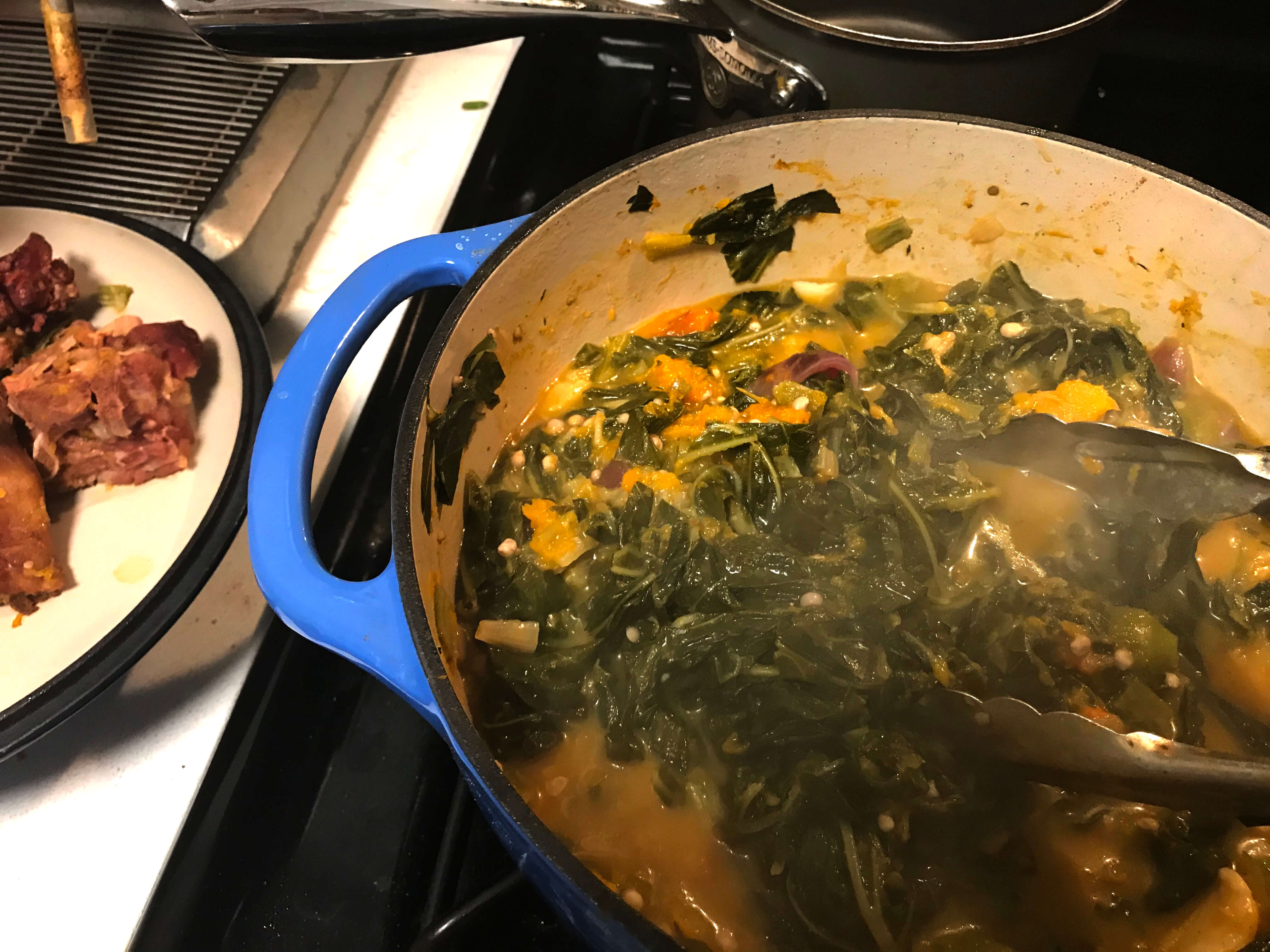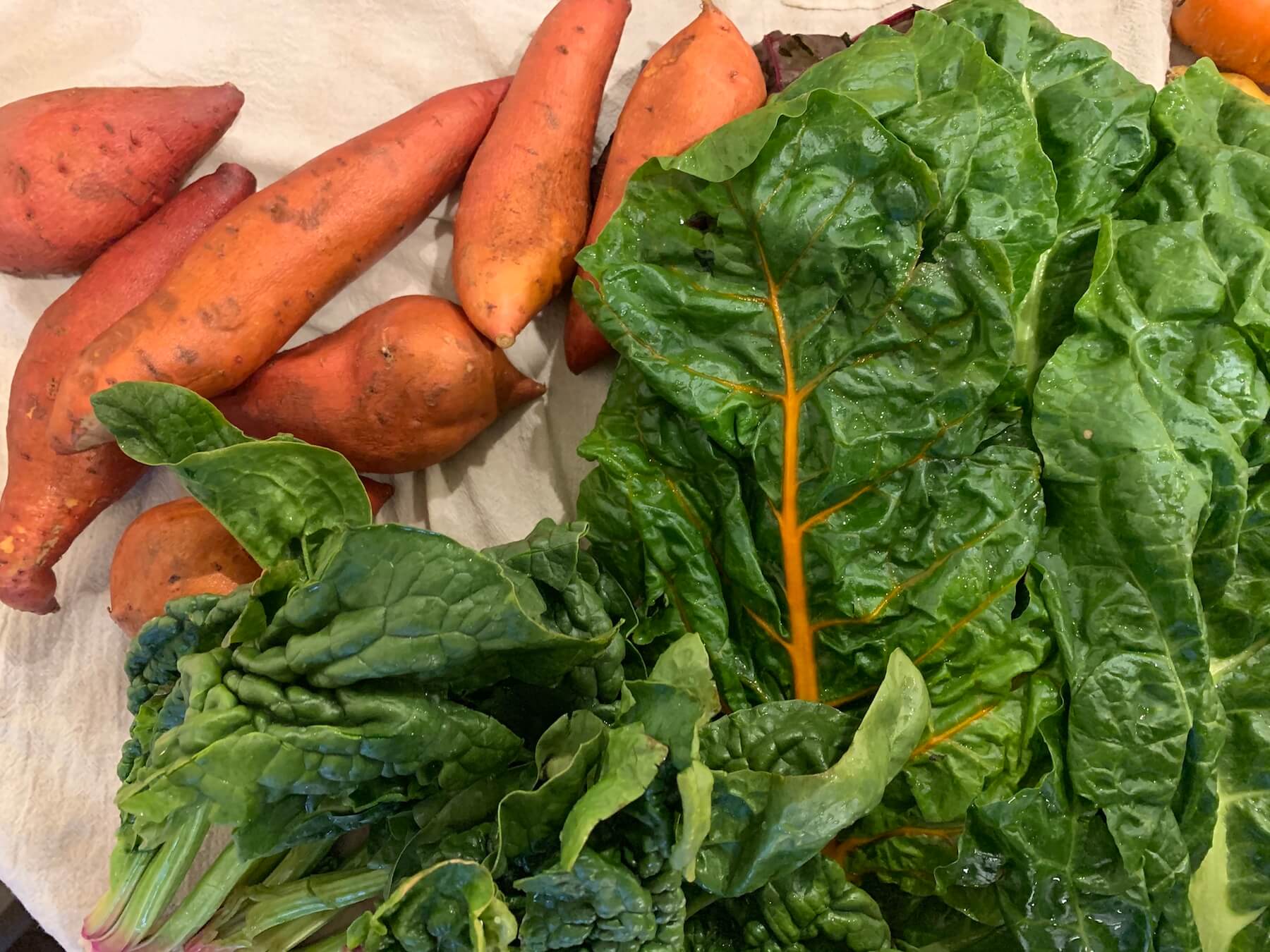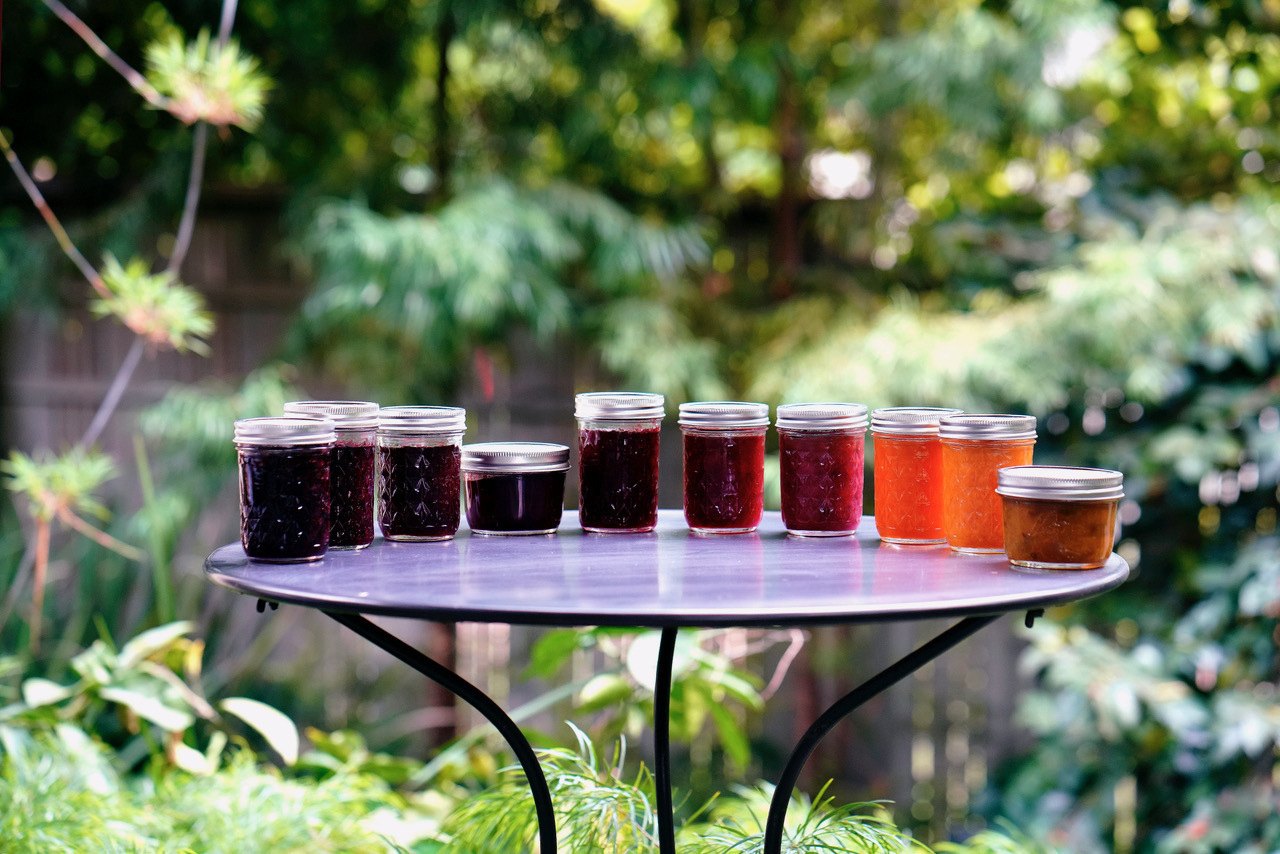
Patricia Williams
“Homemade jam had everything going for it: Abundant produce, shelf life of a year—even my residual terror of botulism proved an advantage.”
My mom was a decent cook, but my, how she loved convenience. Anything frozen or prepackaged, to make dinner easier, and anything store-bought for dessert. She was hardly lazy; that wasn’t it. She was scared of dirt, the kind that clings to food that grows, which surely contained a germ or tiny bug that would kill us all. I do not exaggerate.
I didn’t inherit her fear of food, with a single, seemingly insurmountable exception: I wouldn’t make homemade jam because I worried I had what I came to call the botulism gene. I wanted desperately to put up preserves and never let myself; I loved my family and friends too much to murder them over breakfast.
And then, three summers ago, I discovered that a young cousin on my ex-husband’s side had learned to can when she was six. She wasn’t a blood relative. Surely I could trust her with my life and the lives of people I cared for.
Jam requires absolute concentration, so I couldn’t think about quarantine when I was at the stove, or wiping jar lids, or timing the water bath.
The first year, we made jam together, so that she could supervise my every move. Last summer I tried it myself, muttering instructions aloud, step by step. I consulted the recipe, turned to the pot of bubbling fruit, and checked the recipe again. I pressed the sealed lids too many times, to make sure they weren’t fooling me, before I gave any jars away. I was always relieved when someone called to say thank you, which meant I hadn’t blown it.
By the end of that season I had relaxed a little bit. It seems I had become a person who puts up preserves.
When the pandemic erased most of what qualified as daily life, I looked for ways to fill the time, safe substitutes for what I used to do—and how it made me feel. Feeding people is one of my favorite things, but what worked now was a far shorter list than what didn’t. Throwing a dinner party was out. Making a large fruit galette I couldn’t possibly finish alone, also out, unless I drove half of it over to my daughter’s. A pound of pasta that normally fed four, out. It got worse once summer fruit was in season. I could buy a 10-pound flat of plums, but even I can’t keep up with eating that much fruit.
Jam.
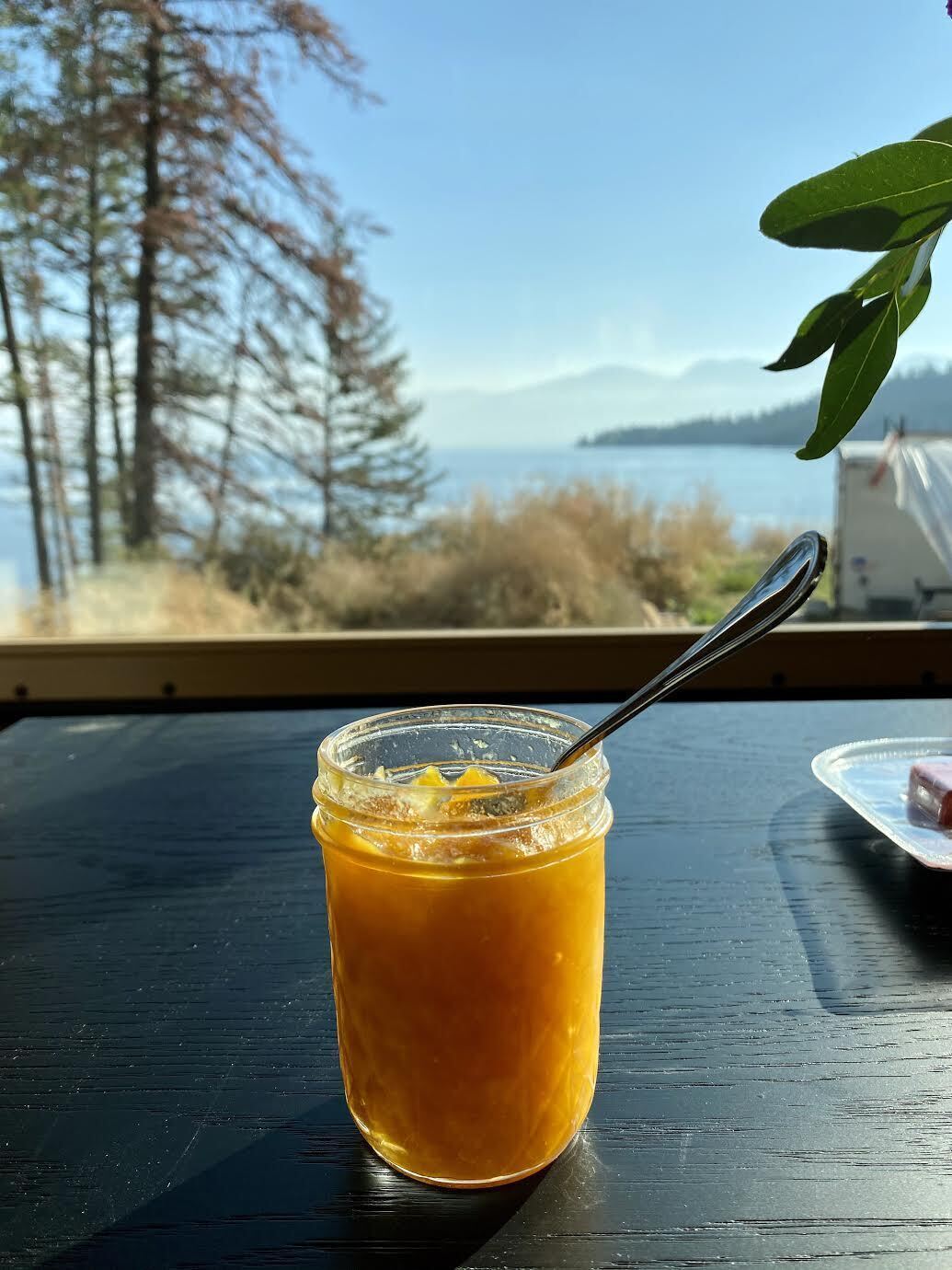
Patricia Williams
Nectarine jam the author made for a friend.
It had everything going for it: Abundant produce, a shelf life of a year; even my residual terror proved an advantage. Jam requires absolute concentration, so I couldn’t think about quarantine when I was at the stove, or wiping jar lids, or timing the water bath. And because life likes a little bit of suspense, there was the moment when I put the jars on a cooling rack, and waited, hopeful, optimistic, for the little ping as the lids sealed.
Occasionally one of them wouldn’t seal. A stern stare and a “C’mon, aren’t things hard enough?” might force an intimidated jar to offer up a delayed ping, and if it didn’t, well, I’d just have to eat the jam right away.
For 10 weeks, while my favorite fruit farmer was at the local market, I splurged on as many flats as I could carry, my one indulgence when there were precious few that passed the safe-practice test. The process involved gloves and sanitized countertops and too many paper towels—but delivered hours of happy distraction, and multiple jars of 10 different varieties of plum, peach, sour cherry, and apricot.
I sent jam to friends on the East Coast and got a second-hand report on how good it was. The photographer who took these photos chose one of the nectarine jams to take on a car trip to see family, and sent me an early-morning photo of the just-opened jar. For a moment, I remembered how it feels to sit down with friends over food, even though we were separated by three state lines. Not good enough, under normal circumstances. For now, it will more than do.
